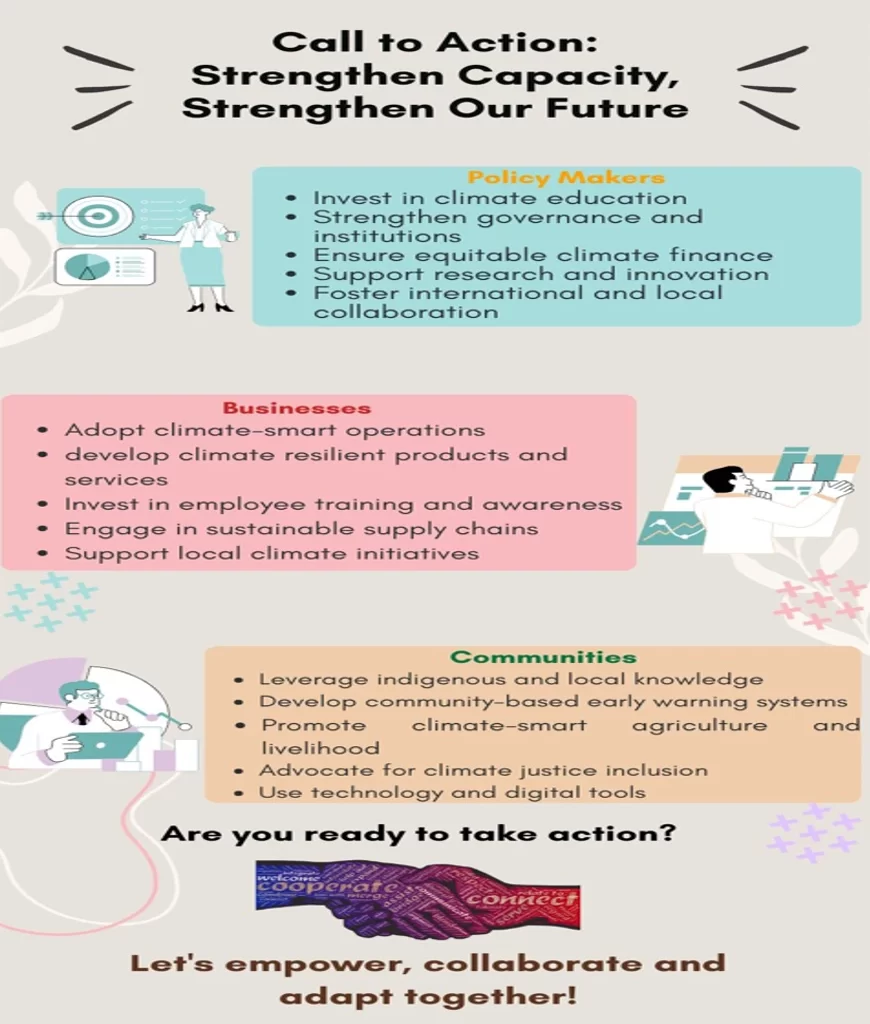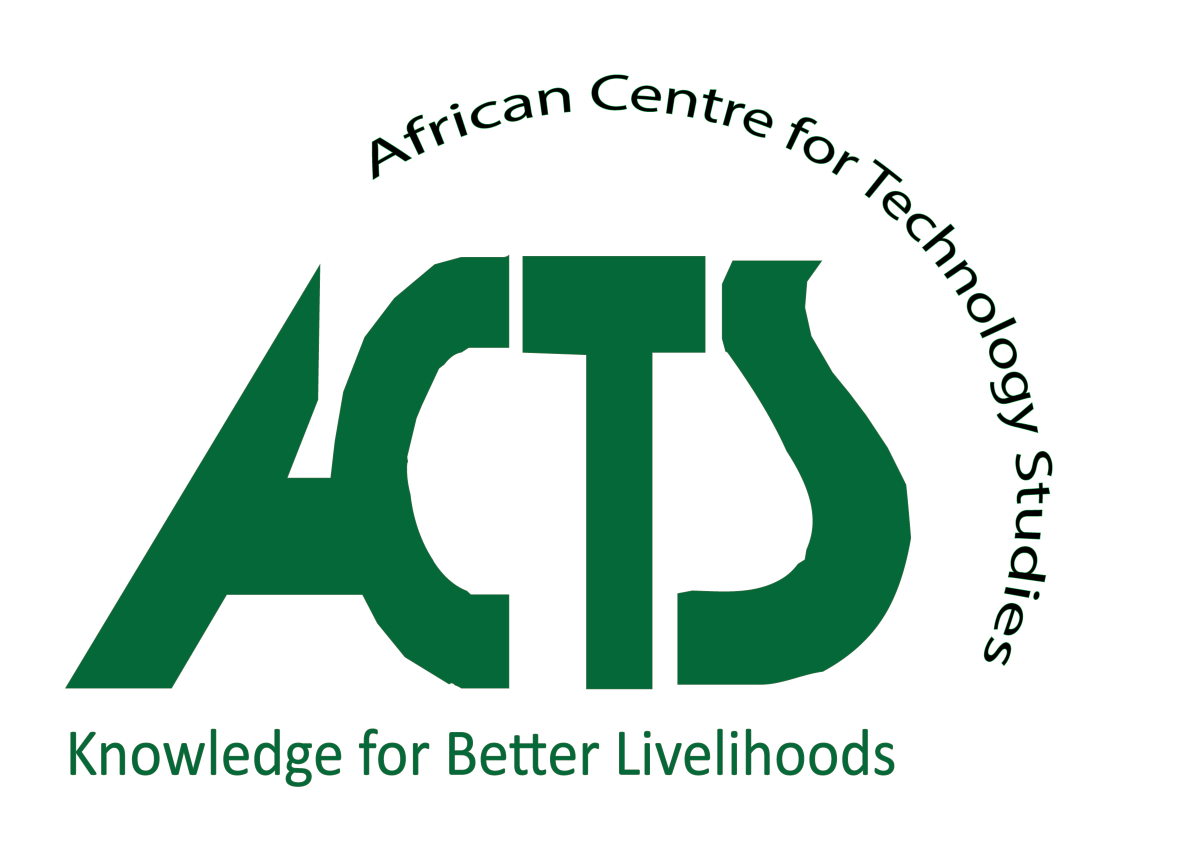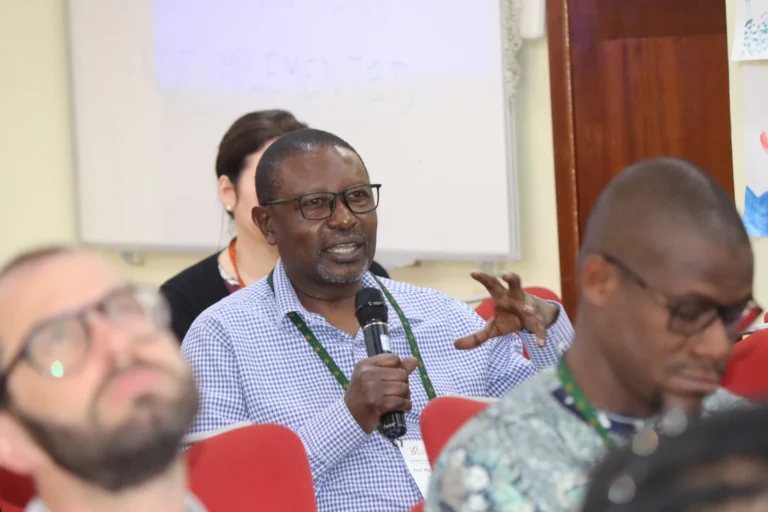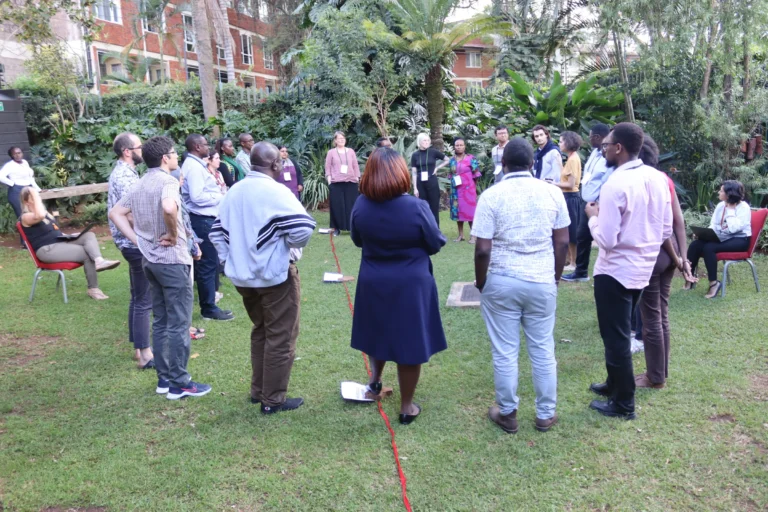By Ursulla Wandili, Maureen Kabasa
The climate crisis is profoundly reshaping our world, impacting economies, ecosystems, and our daily lives through floods, droughts, extreme heat, and rising sea levels. In Africa, the situation is particularly dire. The continent is warming faster than the global average, with temperatures expected to rise by 0.5 to 2°C in the coming decades (Schneider, S. H.; et al., 2007). This increase has led to severe droughts, unpredictable rainfall patterns, and devastating floods, affecting millions of lives. For instance, Kenya has experienced significant climate hazards, including prolonged droughts and intense floods.
While adaptation is crucial, it extends beyond mere infrastructure and technology. True climate resilience requires empowering individuals, fostering knowledge, and enhancing collaboration. To build a resilient future, it is necessary to invest in capacity strengthening (CS) across all sectors and engage key groups—policymakers, the private sector, and communities.
Consider the story of Edwin Koga from Kisumu, Kenya. Edwin has witnessed firsthand the devastating effects of climate change on his community. Unpredictable rainfall has led to crop failures, and floods have destroyed homes and livelihoods. Edwin’s experience underscores the urgent need for collective action and investment in climate resilience.
Collaborative Actions for Effective Capacity Strengthening.
Meaningful capacity strengthening requires active collaboration, resource-sharing, and joint problem-solving among key stakeholders. We can enhance climate resilience and create inclusive, sustainable adaptation strategies by fostering partnerships across sectors. This coordinated effort, involving governments, the private sector, communities, and civil society, ensures that policies, knowledge, and resources work together to drive impactful solutions.
Building an Enabling Environment for Climate Adaptation: The Role of Policymakers
Policymakers must go beyond creating frameworks and actively collaborate with businesses, research institutions, and communities for effective climate adaptation. Key actions include strengthening education, governance, financing, research, and partnerships to drive real progress on the ground.
Investing in climate education ensures widespread adaptation. Policymakers should integrate climate studies into curricula, launch awareness campaigns through media, and establish community training hubs to equip farmers, businesses, and local leaders with climate-smart skills.
Strengthening governance and institutions is another critical area where policymakers must take action. Climate-responsive policies should be integrated into all levels of governance to ensure climate risks are considered in national and county planning. The National Climate Change Action Plan (NCCAP) provides a framework for Kenya, but further steps are needed to ensure implementation at the county level. Training government officials on climate risk assessment and management will enable more informed decision-making.
To drive data-driven climate adaptation, policymakers must invest in research and innovation. Supporting institutions like Kenya’s KALRO can enhance climate-smart solutions while strengthening early warning systems and making climate data accessible to improve disaster preparedness. Initiatives like CLARE show how collaboration can lead to practical, impactful solutions.
Fostering international and local collaboration is key to building climate resilience. Policymakers should strengthen regional agreements and local partnerships, like Kenya’s involvement in the African Risk Capacity, to ensure coordinated, well-funded, and responsive adaptation efforts.
The Private Sector’s Role in Driving Climate-Smart Innovation
Climate risks pose direct challenges to business operations, supply chains, and long-term profitability. To remain competitive and sustainable, companies must integrate climate resilience into their strategies. However, businesses cannot tackle these challenges alone—collaboration with local communities, researchers, and policymakers is crucial for scaling impactful solutions. Below are key actions the private sector can take to strengthen climate adaptation.
A fundamental step is adopting climate-smart operations by transitioning to renewable energy, optimizing water use, and cutting carbon emissions. Reducing carbon footprints through energy-efficient practices, as seen in Unilever’s net-zero strategy, further enhances sustainability while maintaining profitability.
Businesses should also develop climate-resilient products and services that support adaptation efforts. In agriculture, Seed Co has introduced drought-tolerant seeds. Companies can invest in sustainable packaging solutions, following Safaricom’s eco-friendly initiative to reduce plastic waste. Building workforce capacity is essential for integrating climate adaptation into business models.
Strengthening sustainable supply chains is another priority. Agribusinesses can also enhance resilience by implementing regenerative farming practices, as demonstrated by KTDA’s sustainability programs.
Finally, businesses should invest in local climate initiatives and collaborate with communities to drive grassroots adaptation. Engaging with global programs like CLARE also fosters knowledge-sharing and innovative partnerships.
The Role of Communities & Civil Society in Climate Adaptation
Communities play a key role in climate adaptation by using Indigenous knowledge, improving disaster preparedness, adopting climate-smart livelihoods, and embracing technology. While support from civil society and government is important, community-led actions are essential for sustainable, locally relevant adaptation.
Communities adapt to climate change by applying Indigenous and local knowledge. In Kitui and Makueni, farmers use sand dams to store rainwater, while the Ogiek in Mau Forest practices sustainable beekeeping and conservation. Strengthening these traditions through knowledge-sharing, youth training, and policy support enhances resilience. Another critical step the community can take is developing early warning systems to protect lives and livelihoods from climate-related disasters. In Budalangi, Busia County, flood-prone communities have established community-led flood early warning systems, using river gauges and SMS alerts to warn residents of rising water levels.
Ensuring food security and economic stability requires the adoption of climate-smart agriculture and sustainable livelihoods. Along Kenya’s coast, women in Kwale County have embraced seaweed farming as an alternative livelihood, reducing pressure on overfished marine resources while generating new income. In Kilifi and Lamu counties, fishers are adopting Integrated Multi-Trophic Aquaculture (IMTA), where different marine species are farmed together, minimizing waste and increasing productivity. The Blue Economy project by the African Centre for Technology Studies (ACTS) is further supporting these efforts by training coastal communities in sustainable fisheries, aquaculture, and value addition in marine resources, ensuring that economic activities align with environmental conservation. Expanding access to climate-resilient crops, sustainable aquaculture techniques, and financial support for climate-smart businesses can help communities build long-term resilience.
Communities also play a key role in advocating for climate justice and inclusion, ensuring that local voices especially those of women, youth, and Indigenous groups are considered in decision-making processes. To strengthen these efforts, communities can organize local advocacy groups, engage with county governments, and participate in national climate discussions to push for policies that address their unique adaptation needs.
What Needs to Happen for Successful Capacity Strengthening?
For lasting impact, capacity strengthening must be adaptable, inclusive, and continuous. This means using diverse learning methods, leveraging technology, and tailoring content to specific audiences. A successful approach focuses on what needs to be done, how to do it, and who benefits.
- Expanded Capacity Development Approaches: Capacity strengthening should emphasize real-world problem-solving, simulation-based learning, and cross-sector partnerships for practical application. Programs must foster innovation, critical thinking, and long-term skill-building through mentorship and continuous development. Integrating climate adaptation into education and vocational training will create a skilled workforce ready to tackle climate challenges.
- Diversified Learning Modalities: Beyond traditional methods, microlearning, gamification, and community-led workshops enhance knowledge retention. Blended approaches—online courses, mobile apps, and peer learning—make climate training more accessible and practical.
- Refined Targeted Learning Audiences: Capacity strengthening must prioritize marginalized groups, women, and Indigenous communities while supporting professionals transitioning into climate roles. Tailored strategies ensure policymakers get policy insights, farmers receive hands-on training, youth engage in leadership programs, and businesses integrate climate resilience into strategy. When tailored training, modern learning methods, and inclusive approaches align, capacity strengthening becomes a powerful driver of climate resilience. These coordinated efforts are not just theoretical the Capacity Strengthening Hub, one of the CLARE projects initiatives funded by IDRC and FCDO is already demonstrating how capacity strengthening can work in practice.
Practical Applications: How the CS Hub is Driving Change
The CS Hub plays a pivotal role in facilitating climate adaptation through the strategic capacity development of projects within the Climate Adaptation and Resilience (CLARE) Program. Notable funders such as the International Development Research Centre (IDRC) and the UK’s Foreign, Commonwealth & Development Office (FCDO) have been instrumental in supporting various capacity-strengthening initiatives. The CLARE Capacity Strengthening Hub, led by the African Centre for Technology Studies (ACTS) in collaboration with PlanAdapt, aims to support the CLARE initiative’s efforts in promoting sustainable, climate-resilient development. The Hub supports CLARE research projects by implementing capacity-strengthening activities, identifying opportunities and gaps to guide the selection of projects focused on capacity strengthening, and tracking and sharing CLARE’s progress in this area.
Scaling up these initiatives requires widespread engagement, making a strong call to action essential.

For more detailed information, kindly refer to the links mentioned below
- Kenya Agricultural & Livestock Research Organization (KALRO) – https://www.kalro.org
- Climate Adaptation and Resilience (CLARE) Program – https://clareprogramme.org/
- National Climate Change Action Plan (NCCAP) – Kenya – http://www.environment.go.ke
- African Risk Capacity (ARC) – https://www.africanriskcapacity.org
- African Centre for Technology Studies (ACTS) – https://www.acts-net.org




